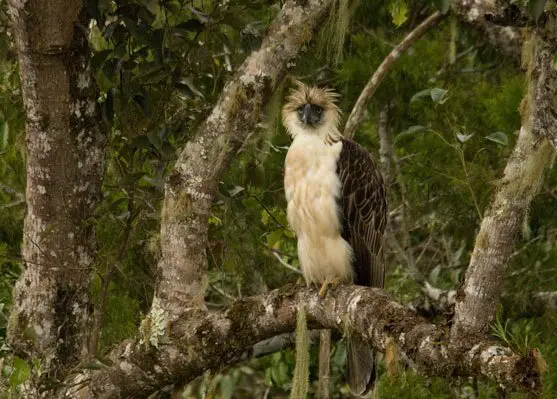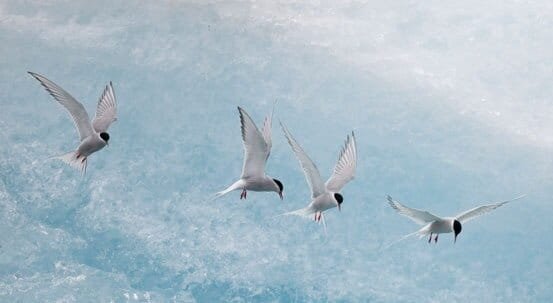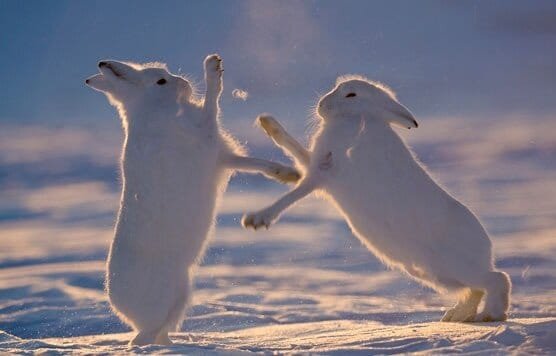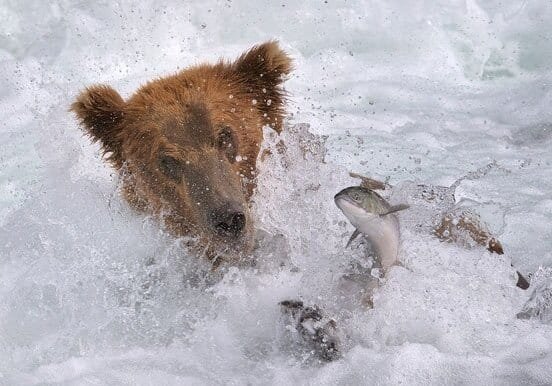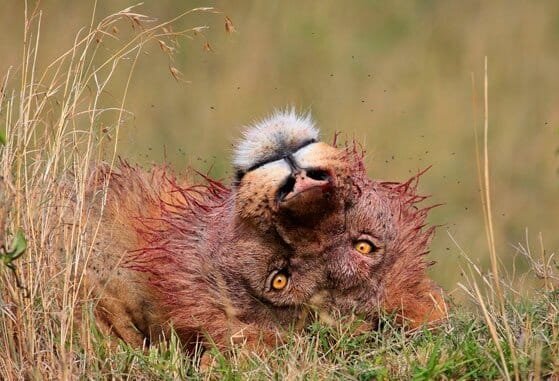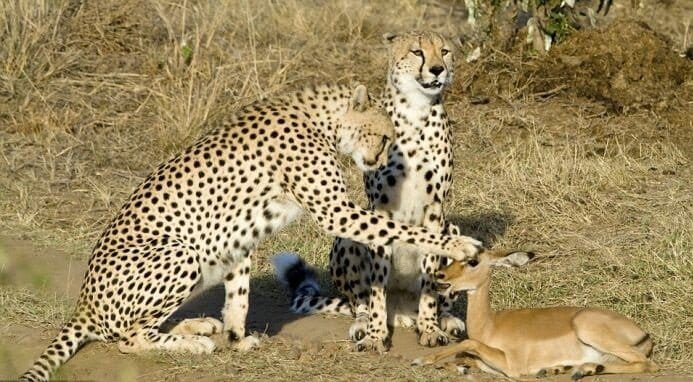Wildlife photography is regarded as one of the more challenging forms of photography. As well as needing sound technical skills, such as being able to expose correctly, wildlife photographers generally need good field craft skills. For example, some animals are difficult to approach and thus a knowledge of the animal’s behaviour is needed in order to be able to predict their actions. Photographing some species may require stalking skills or the use of a hide/blind for concealment. While wildlife photographs can be taken using basic equipment, successful photography of some types of wildlife requires specialist equipment, such as macro lenses for insects, long focal length lenses for birds and underwater cameras for marine life. However, since the advent of digital cameras, greater adventure travel and automated cameras, a great wildlife photograph can also be the result of being in the right place at the right time.
0 Shares
GalleryInsect World
- September 18, 2020
GalleryUnusual Wood Shavings Art
- September 19, 2020
You May Also Like
Cats By Oliver Pietern
- PetsFoto
- September 22, 2020
- 1 minute read
Looking at the work of German photographer Oliver Pietern understand that he was - a true professional in their field. After all, almost everyone knows that the young shoot, funny cats, cute rodent and charming ducklings - the win-win situation, as they touched anyone, even the most unfeeling man.
A Kiss Goodbye
- PetsFoto
- September 2, 2020
- 1 minute read
Yes, the animal world can be harsh and cruel as well as ours is and it is much about the survival of the fittest and the most insolent. So here’s a story where a woodpecker and a grosbeak came across... Only one could stay with delicious food and the other one should kiss this food goodbye…
Pigs In A Christmas Mood
- PetsFoto
- January 19, 2021
- 1 minute read
Christmas is for many people a favorite holiday of the year due to a nice mood, and more beautiful customs. But Christmas is not just a favorite holiday for people, and these pigs look really happy and happily posed for these beautiful and unusual pictures under the tree
Fashion For The Smallest
- PetsFoto
- December 24, 2020
- 1 minute read
Photos from a dog fashion show Little Lily.
Rare Shots. Cheetahs Letting Tiny Antelope Go
- PetsFoto
- August 6, 2020
- 1 minute read
Three Cheetahs caught a young antelope, played with it for 15 minutes and let it go. Amazing!
Caribbean Flying Fish
- PetsFoto
- January 20, 2021
- 1 minute read
These fish saying the name. They are the owners of the magnificent "wings"- large pectoral fins, through which they can "soar above the ocean spaces. The speed of such a flight can reach 60 km / h. Flying fish are found in warm water with a temperature above 20 C.


